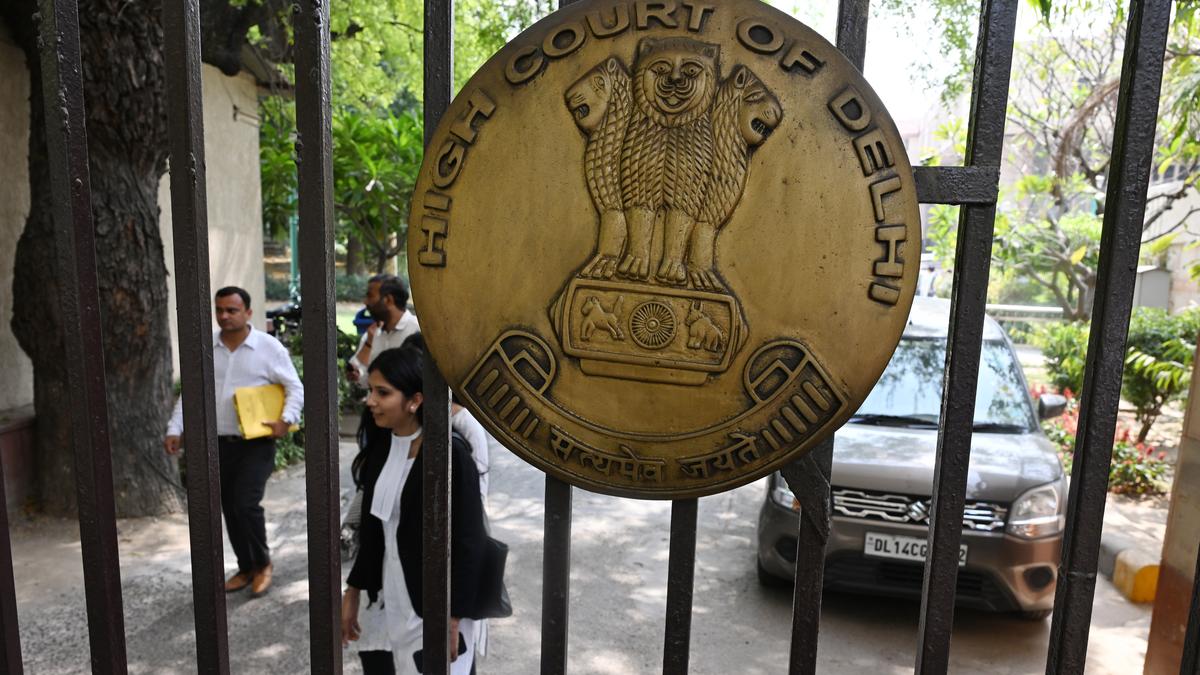Now Reading: 78% of Coal Plants Exempted from Installing Crucial Anti-Pollution Systems: Environment Ministry
-
01
78% of Coal Plants Exempted from Installing Crucial Anti-Pollution Systems: Environment Ministry
78% of Coal Plants Exempted from Installing Crucial Anti-Pollution Systems: Environment Ministry

Speedy Summary
- Policy Change: The Habitat Ministry has exempted 78% of India’s thermal power plants (TPPs) from installing flue gas desulphurisation (FGD) systems, meant to reduce sulphur dioxide (SO₂) emissions linked to air pollution.
- Applicability:
– Category A plants (11%): Must install FGD by Dec 30, 2027. These are located within a 10 km radius of NCR or populous cities.
– Category B Plants (11%): Located near critically polluted areas/non-attainment cities and might potentially be required FGD installation if mandated by the Expert Appraisal Committee; deadline is Dec 30,2028.
– Category C Plants (78%): Exempt from mandatory installation due to recommendations citing low national SO₂ levels and Indian coal’s low sulphur content.
- context for Exemption: Justification includes ambient national SO₂ levels well below permissible thresholds and a study indicating low elemental sulphur in PM samples from across the country.
- Challenges in Compliance: Only ~8% of plants have installed FGDs due to limited vendors, high costs, COVID-related delays, and possible electricity bill hikes associated with retrofitting efforts.
- Expert Criticism:
– Concerns raised about transboundary pollution impacting areas beyond plant locations.
– Critics argue that tall chimneys disperse pollution higher but do not mitigate its harmful effects.
Images Included:
- File image of a power plant used for depiction – Photo Credit: the Hindu
- A relevant environmental image illustrating water bodies/effects
- Image related to research experts/environment discussion
Indian Opinion Analysis
this exemption for the majority of TPPs reflects India’s effort to balance industrial practicality with environmental policy amidst resource constraints like vendor availability and financial cost concerns. While compliance deadlines have historically been extended repeatedly, this decision signifies a recalibrated prioritization based on empirical data showing nationally low SO₂ levels.
However, critics highlight long-term health risks associated with broader particulate matter formation that extends far beyond power plant regions-a point requiring more thorough scientific review before dismissal as “insignificant.” Stakeholders advocating stricter controls suggest the need for updated data reflecting potential cumulative impacts on air quality standards rather than isolated metrics alone.
The move seems pragmatic in avoiding disruptions in India’s energy economy but could face scrutiny as urban populations demand improved air quality outcomes tied directly to targeted investments at source points such as thermal plants.

























